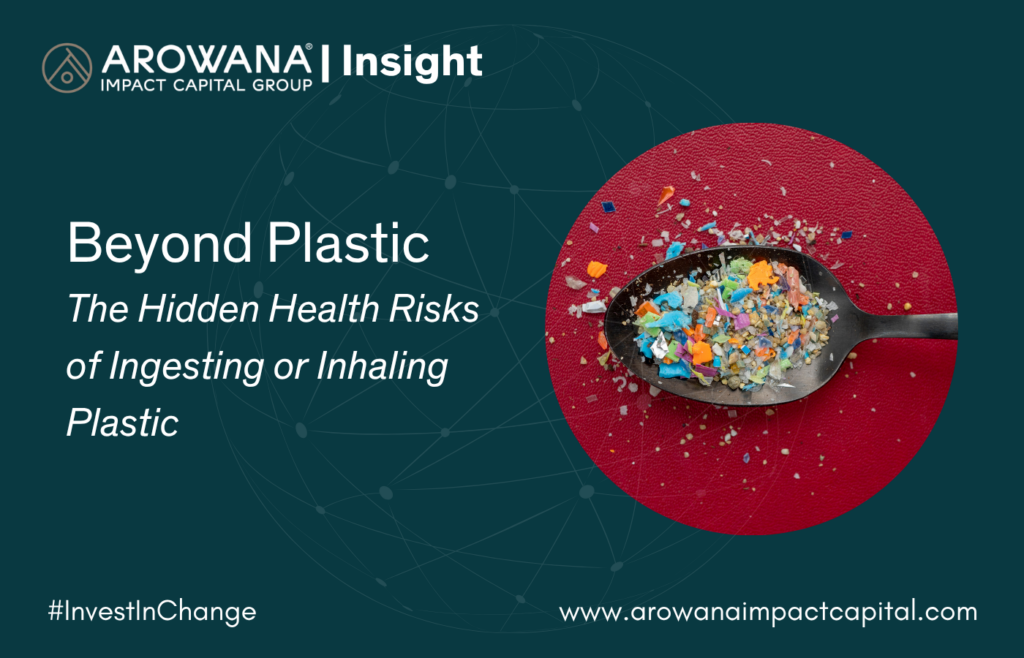Every day, without even realising it, we are ingesting and inhaling plastic. From the water we drink to the air we breathe, tiny plastic particles—called microplastics (MPs) and nanoplastics—are quietly entering our bodies.
But what does this mean for our health?
Scientific research is uncovering alarming evidence: these invisible invaders can cause damage across nearly every system in the body—from our gut and lungs to our brain and heart.
This article explores the emerging science behind plastic exposure in humans, its proven and potential health effects, and what this means for the future of public health. Let’s dive in.
What Are Microplastics and Nanoplastics?

Before we explore the health effects, it’s important to understand the enemy.
- Microplastics (MPs) are plastic particles less than 5 millimeters in size.
- Nanoplastics are even smaller—measured in nanometers (less than 0.001 millimeters).
These particles come from larger plastics breaking down in the environment or are directly released through industrial processes, cosmetics, textiles, and packaging.
They’re found everywhere: in bottled water, seafood, dust, household air, even in human blood and breast milk.
Now let’s look at how these tiny particles can wreak havoc once inside the body.
1. Ingesting Plastic: A Growing Internal Threat

Ingesting plastic might sound extreme, but it’s disturbingly common. Whether you’re eating fish, drinking from plastic bottles, or consuming salt and honey, you’re likely consuming microplastics too.
Here’s how that plastic affects your body:
A. Gastrointestinal Issues
Your digestive tract is the first stop for ingested microplastics—and the first to suffer.
Physical irritation
Studies show that MPs can scratch and inflame the gut lining, leading to tissue damage and oxidative stress.
Impaired digestion
MPs may interfere with nutrient absorption, reducing the body’s ability to get vitamins and minerals from food.
Observable symptoms
Common short-term symptoms include:
- Nausea
- Vomiting
- Abdominal pain
- Diarrhea
Link to chronic conditions
More alarming: patients with inflammatory bowel disease (IBD) have been found to carry higher levels of MPs in their stool, suggesting a connection between gut inflammation and microplastic exposure.
B. Chemical Exposure from Ingested Plastics
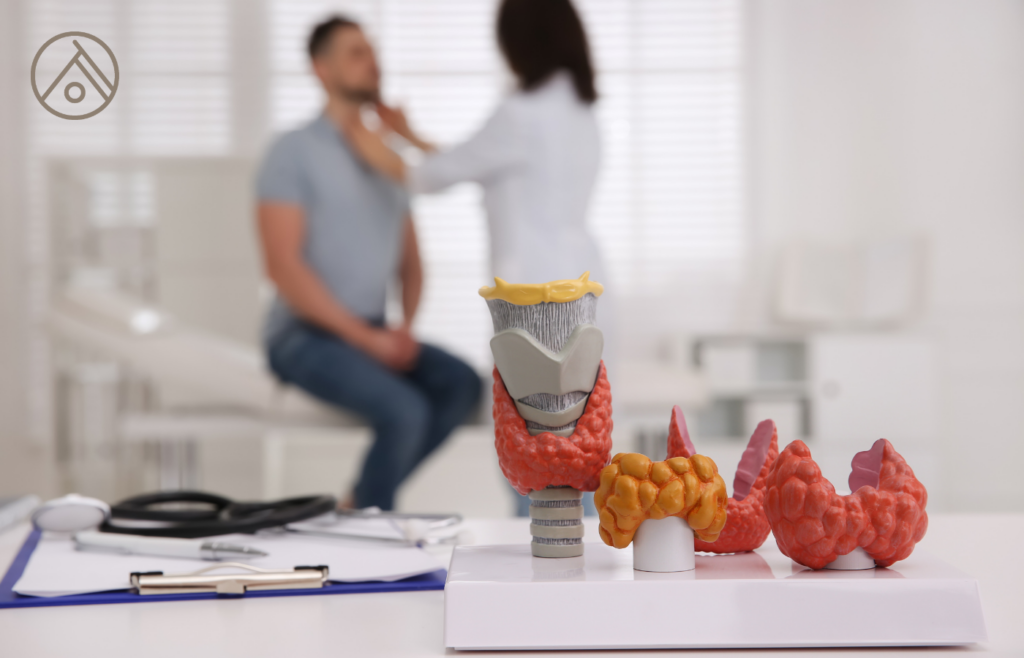
Plastics aren’t just harmful because of their physical presence. They also carry a cocktail of toxic chemicals.
Endocrine Disruption
Additives like bisphenol A (BPA) and phthalates are notorious for mimicking or blocking hormones.
This leads to:
- Reproductive issues
- Developmental delays
- Metabolic disorders like obesity and diabetes
These chemicals can enter your bloodstream and interfere with hormone regulation, affecting everything from fertility to thyroid function.
Toxic Leaching
Microplastics also absorb heavy metals and persistent organic pollutants (POPs) from the environment. Once inside the body, these toxins can leach into tissues, increasing the risk of:
- Cancer
- Liver and kidney damage
- Neurological disorders
C. Systemic Health Risks from Gut to Organs
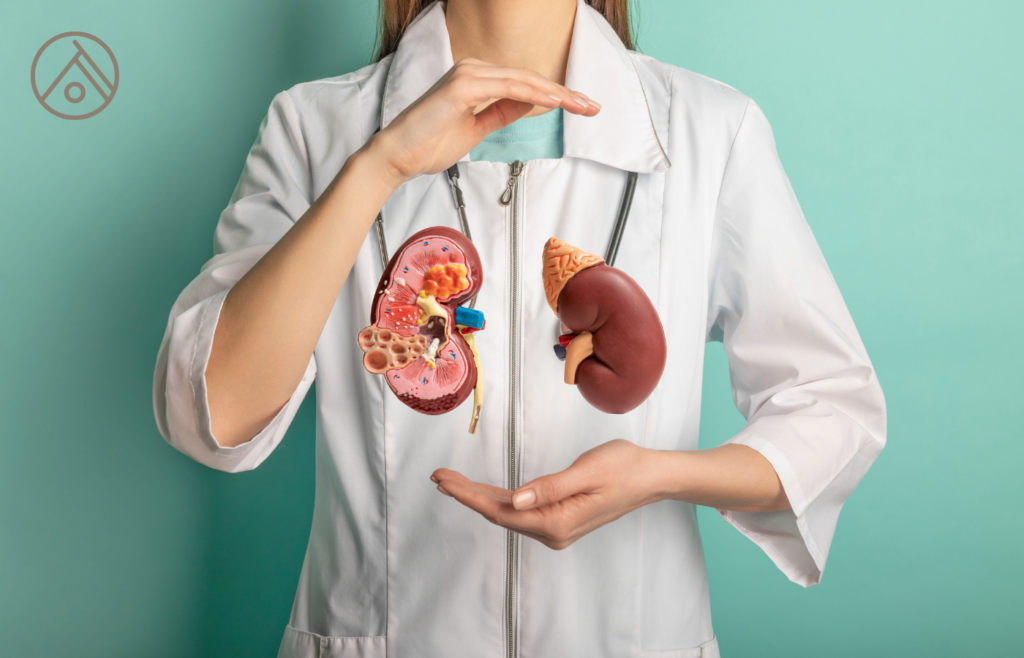
The danger doesn’t stay in the stomach. MPs have been found in major organs, suggesting they migrate through the bloodstream and accumulate over time.
Liver and Kidney Damage
Research shows plastic particles cause oxidative stress in liver and kidney cells, leading to inflammation, scarring, and loss of function.
Immune Dysfunction
Plastic exposure may weaken immune responses and even trigger autoimmune diseases, as the body starts attacking itself in reaction to foreign particles.
Neurotoxicity
Emerging studies indicate MPs may cross the blood-brain barrier, potentially contributing to:
- Memory problems
- Cognitive decline
- Neurodegenerative diseases like Parkinson’s and Alzheimer’s
2. Inhaling Plastic: The Invisible Airborne Danger

While ingestion has gotten a lot of attention, inhalation of microplastics might be an even bigger threat—especially in urban environments and industrial settings.
When plastics break down into dust-like particles, they become airborne—and we breathe them in unknowingly, all day long.
A. Respiratory System Damage
The lungs are highly sensitive, and MPs can cause real harm even in small quantities.
Inflammation and Oxidative Stress
Plastic fibers irritate lung tissue, triggering chronic inflammation and reduced respiratory function. This can worsen:
- Asthma
- Bronchitis
- Chronic obstructive pulmonary disease (COPD)
Deep Penetration
Particles smaller than 2.5 micrometers (PM2.5) are especially dangerous because they can penetrate deep into the lungs—reaching the alveoli, where oxygen exchange happens.
Once there, they interfere with oxygen intake and trigger systemic inflammation, impacting the whole body.
Vulnerable workers
Textile workers and waste processors often inhale high levels of MPs daily. Studies have found increased rates of lung disease, fibrosis, and even lung cancer in these populations.
B. Cardiovascular Risks from Inhaled Plastics
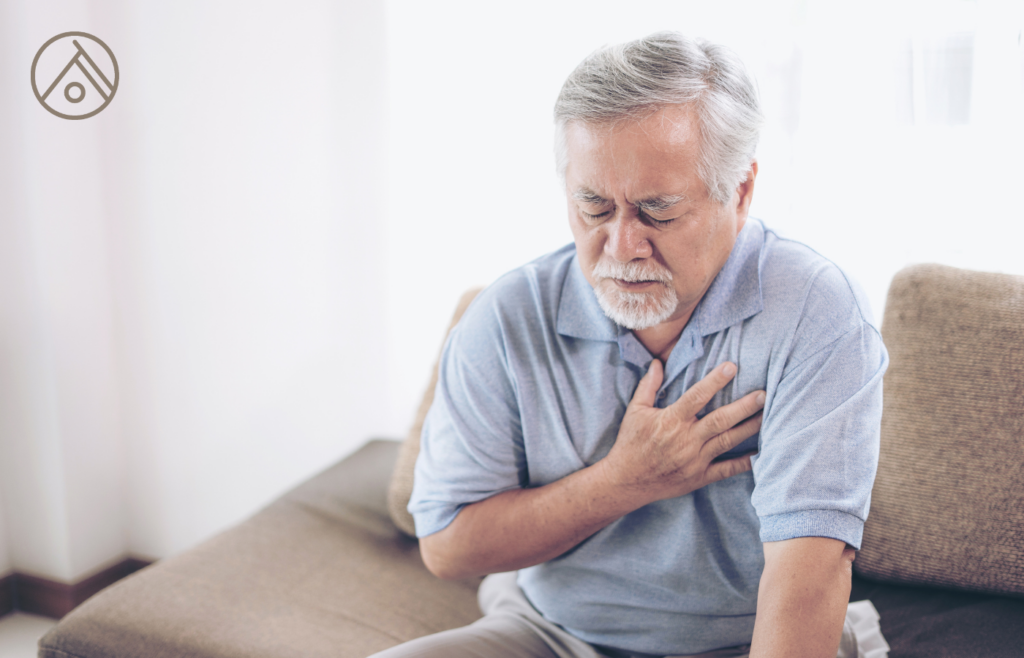
Once inhaled MPs enter the bloodstream, they travel to the heart and blood vessels.
Heart Disease
Microplastics are linked to plaque buildup in arteries, increasing the risk of:
- Heart attacks
- Strokes
- High blood pressure
Blood Toxicity
These particles may carry pathogens or chemicals that interfere with normal blood function, potentially damaging red blood cells and weakening oxygen delivery.
3. Multi-Systemic Effects of Plastics on Human Health

Plastics don’t stop at just one part of the body—they can impact multiple organ systems at once.
A. Cancer Risk
Chronic exposure to plastic-associated chemicals like styrene and vinyl chloride is carcinogenic.
Combined with chronic inflammation caused by MPs, the cancer risk is elevated, particularly in:
- Lungs
- Liver
- Digestive tract
B. Developmental Harm
Prenatal exposure to plastic chemicals has been linked to:
- Premature birth
- Low birth weight
- Birth defects
- Increased risk of childhood cancers
Even small doses during critical developmental periods can cause lifelong health effects.
C. Immune and Metabolic Disruption
MPs and their chemicals can also:
- Alter gut microbiota, throwing off the balance of good and bad bacteria
- Disrupt immune system signaling, weakening resistance to infection
4. Vulnerable Populations: Who’s Most at Risk?

While plastic exposure affects everyone, certain groups are far more vulnerable.
Children and Pregnant Women
- Children breathe more air and consume more food per pound of body weight than adults, meaning they absorb more plastic per unit of exposure.
- Developing brains and organs are extremely sensitive to endocrine disruptors.
Marginalised and Low-Income Communities
Communities living near plastic production plants, waste sites, or polluted waterways are disproportionately exposed.
Occupational exposure is also common among:
- Waste pickers
- Recycling workers
- Textile and manufacturing workers
These groups often lack access to healthcare and are underrepresented in health studies, despite being on the frontlines of the plastic pollution crisis.
5. Uncertainties and Research Gaps
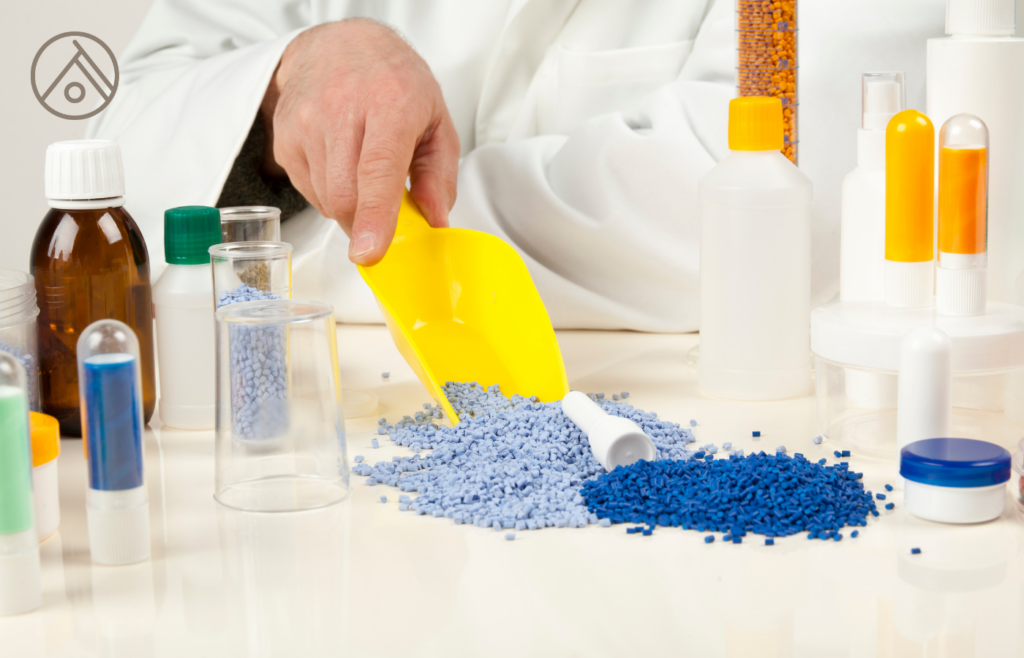
As troubling as the existing data is, we’re still just scratching the surface.
A. Long-Term Effects Still Unknown
- Most current studies focus on acute exposure or animal models.
- We still don’t fully understand the cumulative effects of chronic, low-dose exposure over decades.
B. No Safe Exposure Thresholds
- There are no internationally agreed-upon safety limits for microplastic or nanoplastic exposure in humans.
- Dose-response relationships remain unclear, making risk assessment and regulation difficult.
Key Takeaways: What Happens When We Ingest or Inhale Plastic?
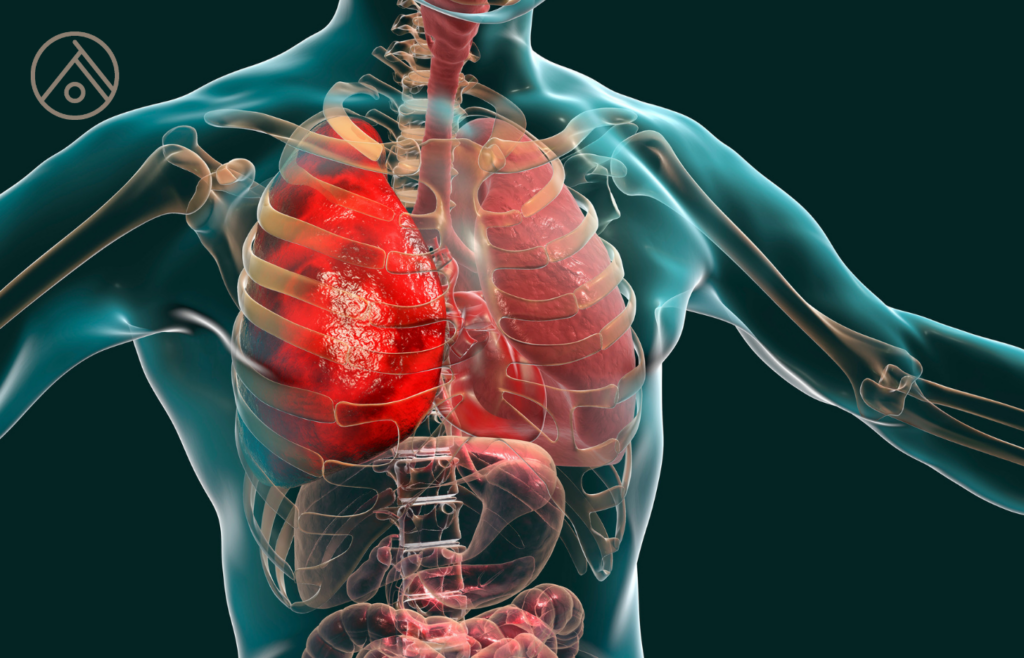
Let’s break it down:
- Ingested plastics affect the gut, liver, kidneys, and brain—causing inflammation, organ damage, and endocrine disruption.
- Inhaled plastics damage the lungs and cardiovascular system—raising the risk of respiratory illnesses and heart disease.
- System-wide effects include cancer, metabolic disorders, weakened immunity, and reproductive harm.
Despite the gaps in long-term data, the evidence is clear enough to warrant urgent action.
The Bigger Picture: Why Plastic Waste Management Matters
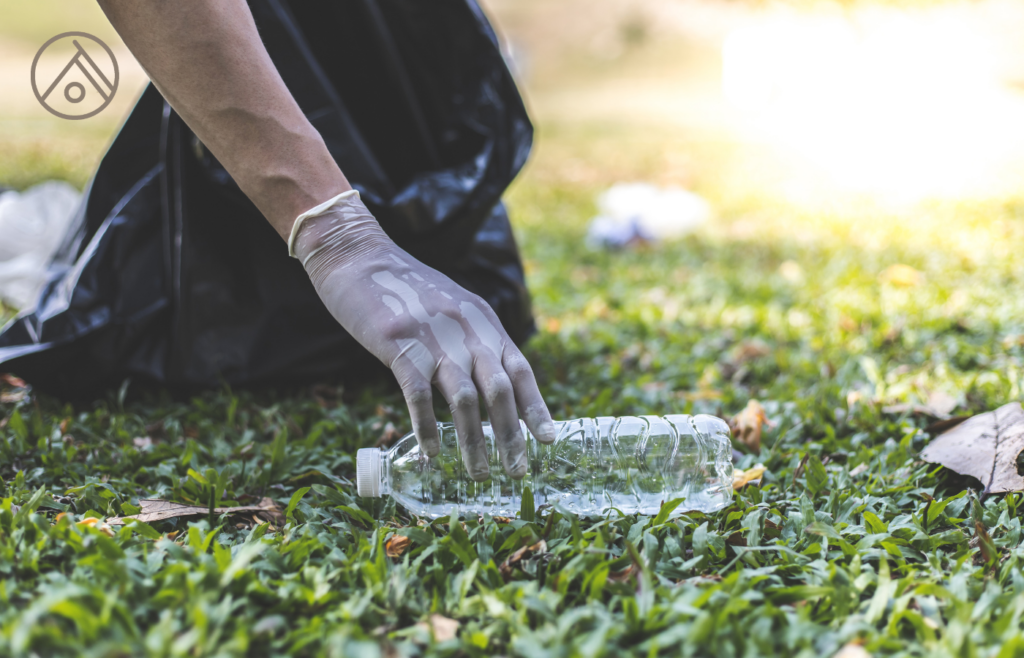
So what can be done?
At its core, this is not just a personal health issue—it’s a systemic, environmental problem.
To protect human health, we must confront the plastic crisis at the source.
1. Reduce Single-Use Plastics
Governments and companies must enforce bans or reductions on unnecessary plastics, especially packaging, bottles, and disposable cutlery.
2. Improve Recycling and Waste Infrastructure
Globally, only about 9% of plastic is recycled.
We need:
- Better sorting and collection systems
- Safer recycling processes
- Support for waste workers and frontline communities
3. Invest in Alternatives
Support the development of biodegradable materials, refill systems, and plastic-free innovations.
4. Hold Polluters Accountable
Large manufacturers and petrochemical companies must be held responsible for plastic pollution. Extended producer responsibility (EPR) laws and plastic taxes can help shift the burden.
5. Educate the Public
Raise awareness about the dangers of microplastics in food, water, and air.
Encourage people to:
- Choose glass or stainless-steel containers
- Filter their tap water
- Reduce synthetic fabric use
- Advocate for policy change
To help address the problem of plastic pollution, Green Antz and other similar producer responsibility organisations (PROs) collaborate with government agencies and private companies to establish sustainable waste management solutions in communities.
The Major Health Crisis of Ingesting or Inhaling Plastic

Microplastics and nanoplastics are no longer just an environmental issue—they are a direct threat to human health.
From gut inflammation and hormone disruption to cancer and cognitive decline, the risks are real, widespread, and growing.
But the solution starts with us. By tackling plastic pollution through smarter design, stronger policy, and sustainable habits, we can limit exposure and protect future generations.
It’s time to stop treating plastic as disposable—because when it ends up in our bodies, the damage lasts far longer than we can afford.
For more news and insights, stay tuned to the AIC website.

